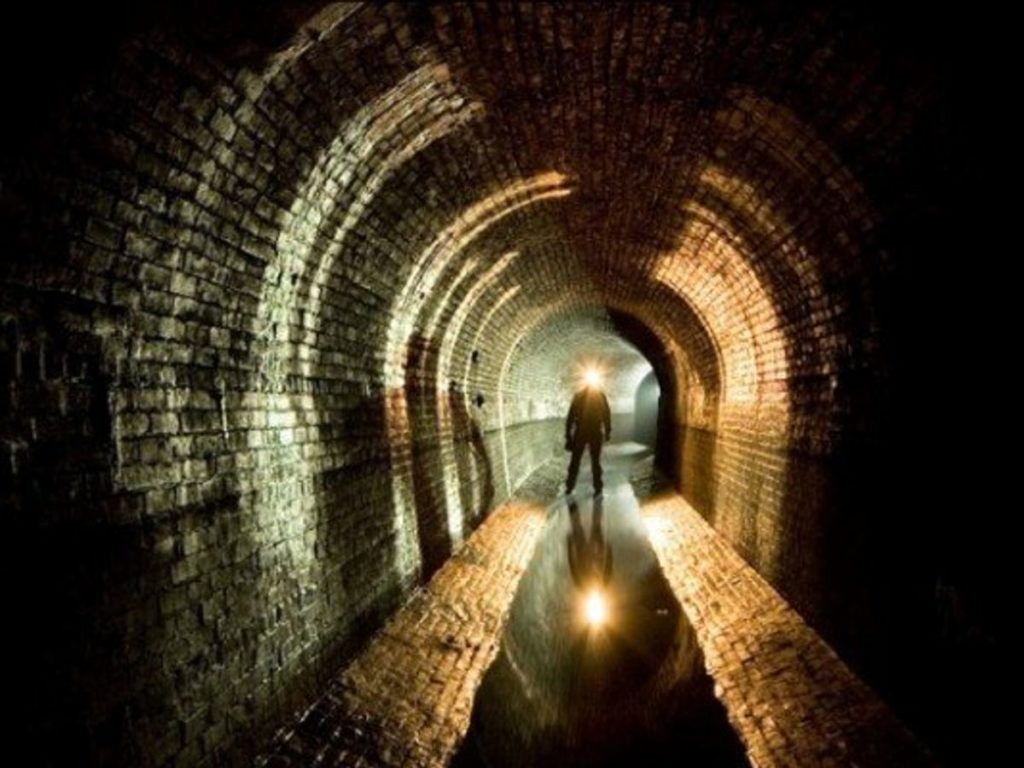Mannequin Monday – Come See Where I Live

Robert Frost once said about writing: “a poem is never a put-up job—it begins as a lump in the throat, a sense of wrong, a homesickness, a lovesickness.” Mannequin Monday this week looks at the brokenness at the heart of any impactful poem or story.
I include a sample from my upcoming book Surfrider, the second in the Film Crew series.
This Week’s Story
Last week I mentioned Louise Penny’s novel, The Long Way Home. I used some quotes to talk about setting, a sense of place, in fiction. As I continue to re-read the book, I discovered this quote from Robert Frost, cited by one of the characters in the novel. Here is the quote, as it originally appeared in a letter Robert Frost wrote to writer and critic Louis Untermeyer in 1916: “a poem is never a put-up job—it begins as a lump in the throat, a sense of wrong, a homesickness, a lovesickness.”
Author Ken Lawrence comments on Frost’s quote: “…his requisites for a poem work equally well for fiction. That is; a character that doesn’t hurt in some fashion, or long for something, is only a paint job. Homesickness, lovesickness, and the rest, are the most powerful elements we have on our writer’s palette.”
Lawrence advises any writer, “…plant the longing and homesickness into the marrow of our heroes and villains.”
Obvious advice for a writer, on one hand. On the other, easy to overlook. Easy to fill up the pages of our stories, as Lawrence says, with backstory, or rely on omniscient narrators to reveal our characters.

I think of a favorite of mine, Hemingway’s The Old Man and the Sea. The opening sentence sets the scene. Establishes the pain, the drama, the longing. “He was an old man who fished alone in a skiff in the Gulf Stream and he had gone eighty-four days now without taking a fish.” There is the lump in the throat: eighty-four days without a fish.
Another Hemingway opening line, this one from his short story After the Storm: “It wasn’t about anything, something about making punch, and then we started fighting and I slipped and he had me down kneeling on my chest and choking me with both hands like he was trying to kill me and all the time I was trying to get the knife out of my pocket to cut him loose.” The lump in the throat: he was trying to kill me.
What “lump in the throat” drives your characters?
My Current Writing
I am presently revising my draft of Surfrider, book two in my Film Crew series. In book one, three teens – Tessa, Lyndie, Eric – filmed an off-road race in the Mojave Desert. Book two brings them to Malibu where they get caught up in drug smuggling and murder. Here is a draft sample of a partial chapter. A conversation at the cemetery between sixteen-year old Tessa, who lost her brother Ryder in an auto accident, and Kelsey, a twenty-three year-old actor and friend/classmate of Ryder. Kelsey has been a mentor to Tessa.
The lump in the throat: “Ryder was terrified in those tunnels.”
Sample from Surfrider
Kelsey said, “You know, you talk of going to CSUN for film studies.”
“Yeah.”
“It won’t be easy, girl.”
“I know.”
“No, I don’t think you do. The program is hard to get into. It’s an impacted course of studies at CSUN.”
Tessa looked concerned. “What do you mean?”
“First, you have to get into CSUN. And considering you live a short distance from it, the Cal State system is quite liable to send you to another of its schools.”
“I’ve been talking to my mother about that. She’s connecting me with a good college counselor.”
“Okay, that helps. So, say you get into CSUN. You still have to apply to the film school as well. And that is very tough to gain admittance to.”
Tessa blanched. Nodded.
“Did you ever think of going to NYU?”
“I did. But no. That was Ryder’s school. It was his. I don’t want to follow him that closely.”
“I get it. You want film. But not in a school where you’d be his little sister.”
“Yeah. That was his place. Mine will be different.”
Kelsey thought for a moment. “It’s all about story.”
“What is?”
“Film. It’s story. Storytelling.”
“Right.”
“If I know you, you’ve watched Ryder’s films many times.”
Tessa smiled. “Hundreds.”
“Do you recall the documentary he shot in the New York subway tunnels?”
“Sure. It’s one of my favorites.”
“What was the story?”
“The conversation with the woman who lived in the tunnel. The one who had lived there for years.”

“That’s the story everyone sees.”
“What else is there?”
“What you don’t see up front. What you should be able to sense.”
“I don’t get it.”
“Ryder was terrified in those tunnels.”
“He was?”
Ryder was terrified in those tunnels.
“Oh yeah. He grew up out here in LA. Like you. Wide open. Light. Breezy. Lots of sun and space. Most of your houses don’t even have basements, right?”
Tessa nodded. Where was this going?
“New York is a great city, don’t get me wrong. I grew up there. I’m used to the dark side. Basements, alleys, subway tunnels, tunnels under the rivers. Blackouts. Ryder didn’t know that.”
“But he lived there for four years.”
“He did. But he would never walk through an alley. Never walk down a narrow street or a dark street. He would walk around it. He was never comfortable with the subway. He often walked where he had to go. Sometimes preferred a bus.”
“But he did that subway movie.”
“That’s my point. If you watch that film closely, you realize first that of course he himself is not on screen. What you don’t see is what he is feeling.”
“Yeah?”
“He went down into those tunnels alone. In every case he was trespassing. It’s illegal to be in there. He started out talking to homeless people up on the streets. The ones in the bus and railroad terminals. The ones who slept outdoors over the sidewalk steam grates.”
Kelsey paused. Glanced toward Ryder’s gravestone.
“The woman he talked to in the tunnel…he met her up on the street. He worked on building trust with her. Would bring her coffee. Talk to her. She told him, you want do a story, come see where I live. Where a lot of us live.”
“And he did?”

“He followed her into the tunnels. The blackness. She had no flashlight. She knew the way. Told him not to use a light. He followed her in the pitch black. For a long way. Where she lived is an isolated part of the subway system. She would not let him turn on his camera light till they reached her alcove, hidden in a maze of tunnels.”
Tessa shivered involuntarily.
“I talked to him later when he came back. He was filthy. Shaking. He took a long shower. We sat and talked about it. He had been terrified. He had to face down his terror.”
Tessa thought of the film she had watched so many times. Began to recall the tremor in his voice as he spoke with the homeless woman. Began to imagine the blackness beyond the camera light.
“The story, Tessa, is deeper than what you see. There is an art there. Ryder was telling a story, sure. A story of the homeless woman. But there was the story of him getting the footage. The story of facing up to fear. Confronting oneself.”
Kelsey pointed to her.
“Remember how I tried to tell you to go deeper on your own film after you lost most of your footage?”
“Right.”
“If you heard me, you needed to go into what happened to the three of you. What changed in you. How you came through it as different persons.”
“We’ve been working on that.”
“Good. Now go even deeper. See what you’re all facing up to.”
***
Leave a Reply